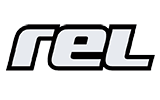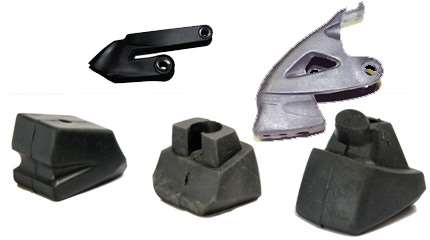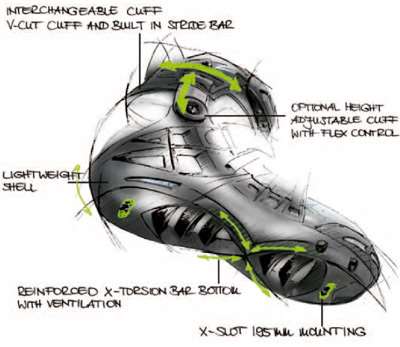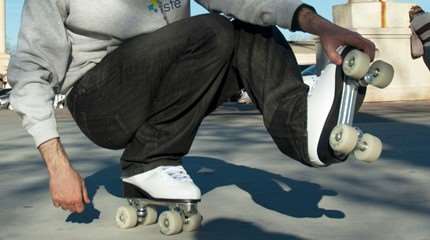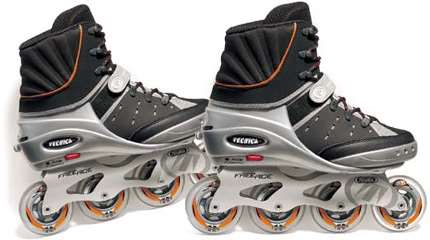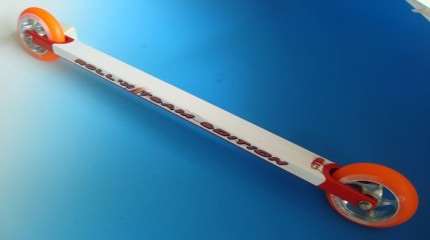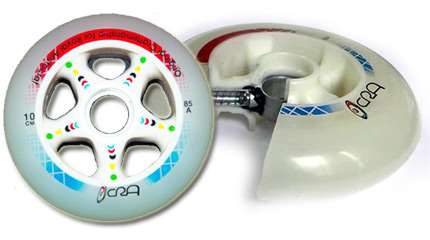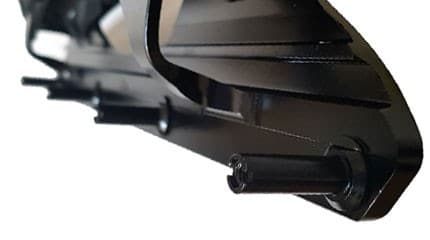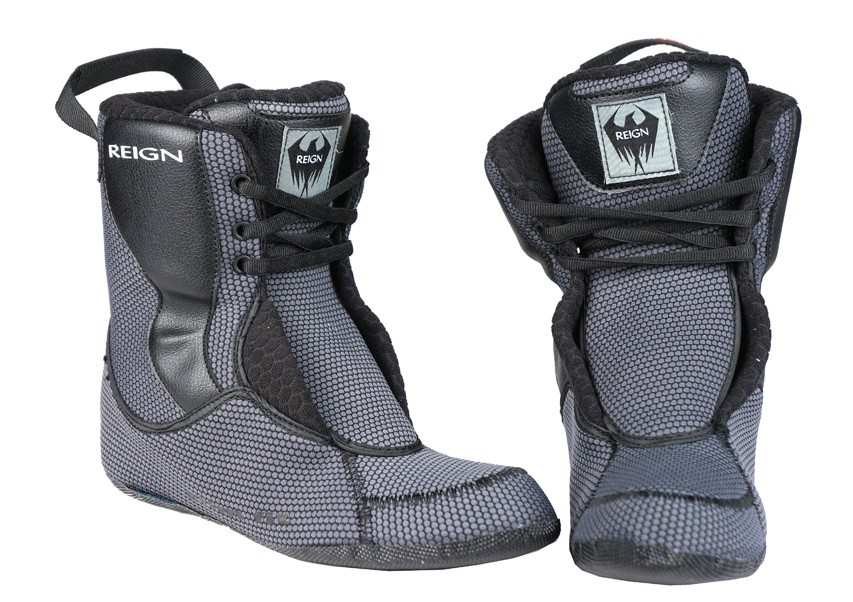Anatomy of a pair of aggressive skates
Par alfathor |
Publié le 13 February 2009 |
Mis à jour le 3 November 2020 |
Catégories :
Aggressive skating
All
| Sous-catégories :
manufacturing of roller skates
manufacturing of roller skates
| 145266
| Tags :
Anatomy aggressive skates
aggressive skates
street skates
All the aggressive skates have structure elements in common: the boot, the frame, the wheels and the bearing. However, according to the concerned practice, some elements may vary to fit the skaters’ needs. We have decided to dissect an aggressive skate for you…
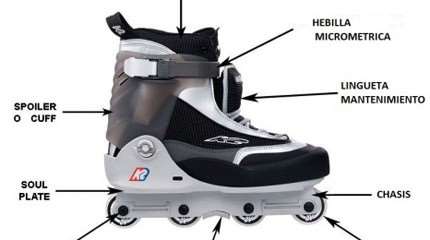
Anatomy of an aggressive skate
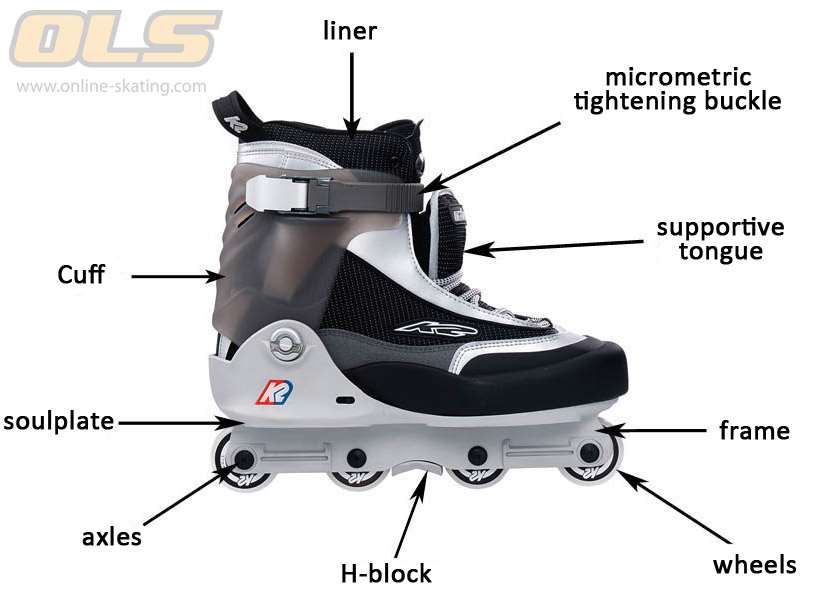
The “classic” elements
On a pair of aggressive skates, you will find all the elements of a classic skate:
- The wheels
- The bearings
- The axles and spacers
- The frame
- The boot, soft or hard, with the liner
- The tightening system
The “specific” elements
There are a few differences as for the lower part of the boot and the frame:
- The lower part of the boot is often equipped with a “soulplate”
- But also with a notch easing the gliding, which is called a “groove”
- The frame often has “anti-rockers” which are small wheels peculiar to aggressive skates. Their small diameter prevents from getting stuck on rails or walls.
- Most of the aggressive and freeskate models follow the UFS norm (Universal Frame System): a concept enabling to adapt any frame on any boot whatever the brands.
Let’s go into more details…
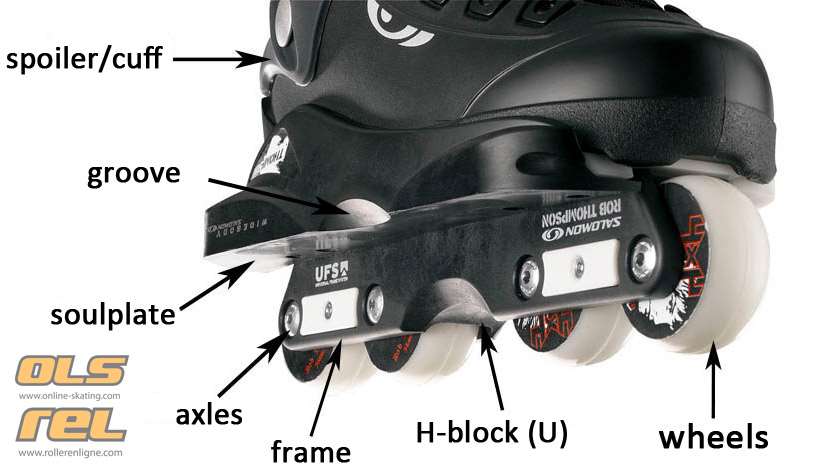
The groove and the H-Block

The “groove” has replaced the “grind plates” (picture here opposite), it is the part above the H-Block. It is hollow in order to fit the shape of the H-block and enable the sliding. The groove can also be found on backside plates as they can be hollow too. The groove enables precise stalls as soon as the first sessions. Some skates such as the Nimh offer to the skaters to hollow out their grooves themselves at the backside plate.
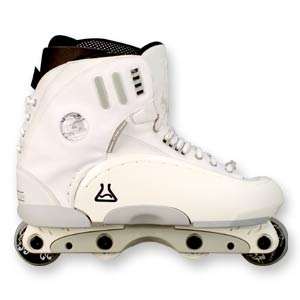 The H-block is the small part in the shape of a notch in-between the two middle wheels. That shape enables the sliding (on bars) in stalling in-between the wheels. It can be of different kinds. Either it is already inserted in the frame, or it is an independent component. In that case, if it is a detachable element, it is often called an “H-block” because of the specific shape of that item. More and more, H-blocks are detachable from the frame, at Ground Control’s, the H-block is flat or freestyle just like on the Formula one. The gliding is called a “grind” when you slide on that notch.
The H-block is the small part in the shape of a notch in-between the two middle wheels. That shape enables the sliding (on bars) in stalling in-between the wheels. It can be of different kinds. Either it is already inserted in the frame, or it is an independent component. In that case, if it is a detachable element, it is often called an “H-block” because of the specific shape of that item. More and more, H-blocks are detachable from the frame, at Ground Control’s, the H-block is flat or freestyle just like on the Formula one. The gliding is called a “grind” when you slide on that notch.
The “soulplate”
The soul place is in fact the bottom of an aggressive boot. If the surface is flat, uniform and wide, then the skate has a soulplate. On some old models, there is no soulplate. With the spreading of soul sliding and of the UFS system, all aggressive skates have one today.
On the photo above (Rob Thompson by Salomon), the soulplate has been equipped with an extension, the “wide body”, which is a widened soulplate.
A soul slide is when you slide on the bottom part of the boot, in stalling and sliding between the boot and the frame.
The anti-rockers
In aggressive or on big bars, sometimes some skaters have a hard time gliding: the original wheels jam because of the small space that is left between them. A simple solution has been found: the “anti-rockers”. They are very small wheels and they replace the original wheels in order to widen the space in the middle of the frame and slide on walls or bars.
 On the skate here opposite (the Chris Haffey 2 by Remz) you can see clearly that the size of the middle wheels has been reduced. More and more models offer spare parts and removable parts, in order to replace them easily or customize them according to your wants.
On the skate here opposite (the Chris Haffey 2 by Remz) you can see clearly that the size of the middle wheels has been reduced. More and more models offer spare parts and removable parts, in order to replace them easily or customize them according to your wants.
On some models released since 2004, these wheels are even suppressed and replaced by a huge grind plate. It was the case of the Xsjado frame in 2005 or of the Kizer FreeStyle Suspension in 2004.
Useful links
Please, build me a modular skate park!
Anatomy of a pair of Quad Skates
Translation: Chloé Seyres
Photos: Catalogues K2, Salomon and Roces 2004
Hawaii Surf web site
Auteur
Alexandre Chartier
''alfathor''
Alexandre est le fondateur et webmaster de rollerenligne.com depuis 2003. C'est un passionné de roller en général, tant en patin traditionnel qu'en roller en ligne. Il aime le patinage à roulettes sous tous ses aspects : histoire, économie, sociologie, évolution technologique... Aspirine et/ou café recommandés si vous abordez un de ces sujets !
